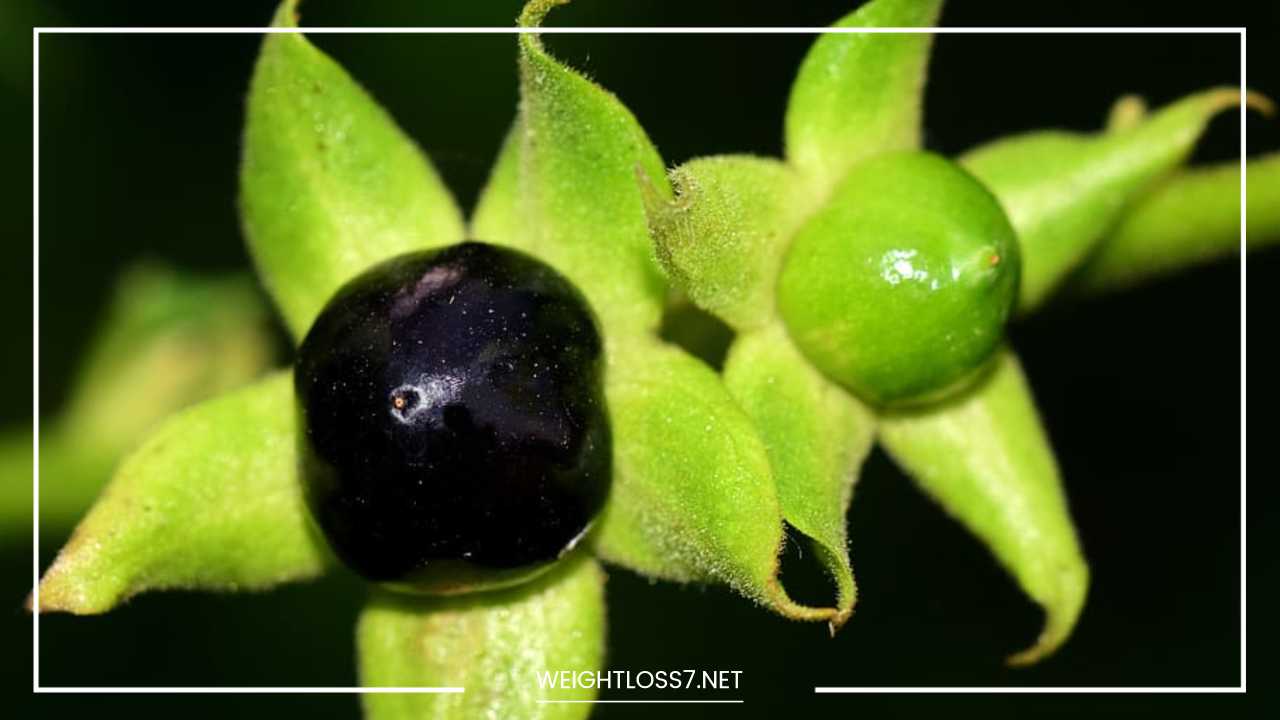Belladonna Uses and Health Benefits

Belladonna
Exploring the Enigmatic Belladonna: A Double-Edged Herb with Historical Roots and Medicinal Marvels
Belladonna, an enigmatic herb known by its ominous moniker “deadly nightshade,” navigates a delicate balance between peril and promise. Its rich historical tapestry and multifaceted medicinal applications make it a subject of fascination and caution.
This perennial herb, native to Europe and Asia Minor, has traversed centuries and continents, finding its place in diverse cultures and medical practices.
This extensive exploration delves into the intricate history, potent medicinal properties, and nuanced applications of Belladonna, shedding light on its dual nature as a potential danger and a therapeutic marvel.
Historical Intricacies: The Allure of the “Beautiful Lady”
Belladonna’s journey through time is marked by a captivating interplay of danger and allure. Its historical significance can be traced back over 500 years, with its earliest uses centered around cosmetic endeavors.
The name “Belladonna,” an Italian term meaning “beautiful lady,” reflects the belief that dilating the pupils using this herb could enhance a woman’s allure and attractiveness.
In the annals of history, women sought to embrace the mystique associated with dilated pupils, giving rise to Belladonna’s early reputation as a cosmetic enhancer.
This cosmetic appeal, rooted in cultural perceptions of beauty, continues to leave an indelible mark. Surprisingly, Belladonna’s involvement in cosmetic practices persists in modern times, as it finds application in various eye doctors’ offices, showcasing the enduring legacy of its historical allure.
Atropine Unveiled: Medicinal Marvels of Belladonna
The crux of Belladonna’s medicinal prowess lies in atropine, a potent alkaloid derived from the herb. Atropine, with its remarkable ability to dilate pupils, has proven invaluable in the field of medicine.
Even in small doses, it acts to increase heart rate, making it a component found in certain cough syrups employed for bronchitis and whooping cough.
Beyond its role in respiratory conditions, atropine’s versatility extends to soothing the stomach lining before administering anesthesia and treating peptic ulcers.
Belladonna, therefore, emerges as a multifaceted herb contributing significantly to the pharmacological arsenal for various medical scenarios.
The Medicinal Panorama: Drying Bodily Fluids and Alkaloid Applications
Belladonna’s medicinal repertoire goes beyond its cosmetic origins. With a unique ability to dry up bodily fluids such as breast milk, saliva, perspiration, and mucous, the herb has found application in addressing diverse medical conditions.
The alkaloids in Belladonna play a pivotal role in managing gastrointestinal disorders like colitis, diverticulitis, irritable bowel syndrome, colic, diarrhea, and peptic ulcers.
The herb’s therapeutic reach extends to conditions like asthma, excessive sweating, excessive nighttime urination, incontinence, headaches, migraines, muscle pains, spasms, motion sickness, Parkinson’s disease, and biliary colic.
This broad spectrum of applications underscores the depth of Belladonna’s medicinal impact, positioning it as a versatile tool in the hands of healthcare professionals.
Homeopathic Horizons: Dilution and Delicacy
Belladonna’s journey through medicinal applications takes an intriguing turn with its role in homeopathic remedies.
Homeopathy, a practice rooted in the principle of “like cures like,” harnesses the herb’s potential in highly diluted forms.
Conditions such as the common cold, earaches, fever, menstrual cramps, sunstroke, toothaches, headaches, sore throats, and boils find respite through the delicate balance struck in homeopathic formulations.
The art of homeopathy involves considering various factors, including symptoms, mood, and overall temperament, to determine the appropriate form and dosage of Belladonna.
The meticulous dilution is a response to the inherent toxicity of the herb, emphasizing the need for precision in utilizing its therapeutic potential.
Cautionary Measures: Supervision and Prescription
The undeniable potency of Belladonna necessitates cautionary measures in its usage. Self-administration is strongly discouraged, underscoring the importance of seeking guidance from qualified medical professionals.
The prescribed doses of Belladonna are consistently maintained at very low levels, reflecting a careful calibration to mitigate potential risks.
When prescribed, Belladonna is often integrated into sugar pellets or mixed with other medications, making it available exclusively through prescription.
This controlled access ensures that the herb’s benefits are harnessed under the vigilant eye of healthcare providers, emphasizing the delicate balance required in navigating its therapeutic terrain.
Final Thoughts: A Tapestry of Danger and Discovery
In the intricate tapestry of Belladonna’s history and medicinal applications, a dual narrative emerges – one of danger and discovery.
The herb, with its roots deeply embedded in cosmetic allure, has transcended time to become a valuable asset in the realm of medicine.
Its potent alkaloids, particularly atropine, have opened doors to diverse therapeutic possibilities, addressing ailments ranging from respiratory conditions to gastrointestinal disorders.
Yet, the cautionary tales of its toxicity echo through the centuries, serving as a reminder that nature’s gifts, even those laden with danger, can be harnessed responsibly for the greater good.
Belladonna stands as a testament to the delicate balance required in exploring the intricacies of herbal medicine, where respect for its potency must coexist with the quest for healing.
As we unravel the layers of Belladonna’s story, we find ourselves navigating a terrain that beckons both caution and curiosity, reminding us that the journey into nature’s pharmacy is a nuanced expedition.

















